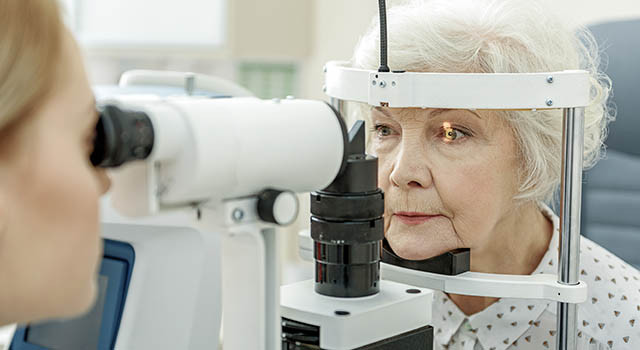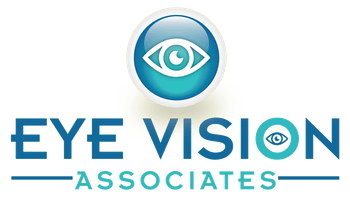Low Vision Services in Nesconset, New York
Preserving the eyesight of our patients so they can get the most out of life is our greatest goal.
Imagine being told that you have an eye disease that will prevent you from reading, watching television, writing your own checks or even seeing your grandchildren's faces. There is a field within Optometry called Low Vision and our Eye Vision Associates office specializes in this area. With specifically prescribed devices such as tints, high-powered magnifiers, microscopes and telescopes, you may be able to perform many activities that you either thought or were told were no longer possible.

Low Vision Services in Nesconset, New York
Preserving the eyesight of our patients so they can get the most out of life is our greatest goal.
Some people are born with various visual disabilities and others acquire them in life due to various diseases that may not be treatable.
Our low vision optometrists in Eye Vision Associates provide personalized comprehensive low vision evaluations, as well as the full spectrum of low vision aids available in the market.
Low Vision Devices
These low vision devices can be demonstrated to our patients upon their visit. Our affiliation with the Assistive Devices Program of Ontario (ADP) allows us to access 75% to 100% funding for these optical aids on behalf of our patients.
Some of these optical aids are: optical magnifiers, computer magnifiers, video magnifiers, spectacle magnifiers, telescopic magnifiers and other solutions to assist with activities of daily living of scholastic and vocational activities.
You can book directly with us for a low vision consultation for yourself or family who you feel may benefit.
Our Nesconset eye doctors have transformed the lives of hundreds of visually impaired children and adults by prescribing low vision aids to assist them in overcoming their barriers to daily visual function required for every day living.
The low vision specialists at Eye Vision Associates can also recommend non-optical adaptive devices, such as large-print books, audio tapes, special light fixtures and signature guides for signing checks and documents. If necessary, your eye doctor or low vision specialist can also refer you to a counselor to help you cope with your loss of vision.
Book A Low Vision Eye Exam Today
How to Cope with Low Vision
Low Vision Aids for Computer Users
In general, visually-impaired people can use the same low vision aids for viewing a computer screen and reading e-mail as they do for other reading activities.
In addition, special software has been developed to increase the size of print and images on computer screens and convert printed information into audible messages that are “read” by a synthetic voice.
These innovative low vision devices let partially-sighted people do the same computer-related tasks as fully-sighted people – such as word-processing, creating and using spreadsheets and viewing Web pages online.
Our optometrists have successfully helped many patients with Low Vision from all over New York.
In order to serve you better, please choose from the following sets of paperwork:
- Pediatric Therapy Evaluations or Learning Related Vision Problem Evaluations
- Adult Therapy Evaluations, Balance Related Problems or Traumatic Related Problem Evaluations
- Common Forms for ALL Evaluations
More Low Vision Resources:
Book A Low Vision Eye Exam Today
